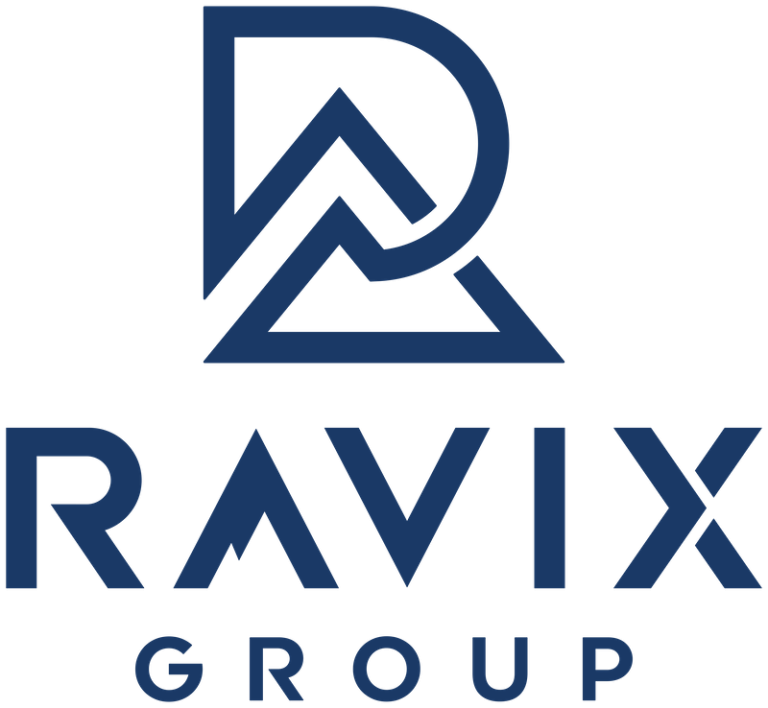In 2008, the world changed in an instant. The markets fell, homeowners were left in the dust, banks disappeared, and startups faced a terrible future of very little capital. Today, startups are looking at some of these same challenges – capital is expensive, consumers are facing massive inflation, and fundraising is hard to come by. Now, startups must face the cruel reality of tough times, and that means getting back to basics, focusing on the right market, and getting to product market fit (PMF) as fast as possible.
Back in 2008, a startup founder came to me with a huge problem – his cloud HR SAAS company’s entire middle market fell apart. No one was spending in the industries he was focused on, and things were looking gloomy. We quickly reassessed several markets, re-evaluated the needs of his ICP, and found a light at the end of the tunnel. After interviewing several customers, we learned one area of the platform solved a major problem – it helped managers recruit within the company, solving the issue of having no recruiting budget and utilizing staff already onboarded. When we learned this was helping mid-market tech companies, we were able to focus on a particular ICP, show case studies of saving budget, and focus on companies who had a budget.
In the dynamic world of startups, understanding and aligning your Total Addressable Market (TAM) with your Ideal Customer Profile (ICP) is akin to aligning your sails with the wind — it’s essential for smooth sailing. But how do you ensure that these crucial elements work in harmony, particularly within your Customer Relationship Management (CRM) system? This blog post delves into this integration, providing practical insights for startups looking to navigate these waters efficiently.
The Intersection of TAM and ICP
TAM represents the entire market available for your product or service, offering extensive opportunities. Your ICP is a more defined segment within this market, where your offerings have the greatest impact and relevance. Success is achieved by focusing your efforts on this specific market segment, ensuring effective and efficient engagement with your target audience. Your ICP is defined by the following dimensions:
1. Demographics: statistical data relating to the population and particular groups within it, often used for identifying consumer markets.
Examples: Age, gender, income level, marital status, and education level. For instance, a product may target women aged 30-40 with a master’s degree and an income level of over $70,000 per year.
2. Firmographics: characteristics of organizations.
Examples: Industry, company size, location, revenue, number of employees. For example, a service might target small businesses in the technology sector with revenues between $1 million and $5 million.
3. Behaviorgraphics: The behavior of consumers or businesses, particularly how they buy, use, and interact with products or services.
Examples: Purchase history, brand loyalty, user status, and spending habits. A typical example would be targeting frequent online shoppers who prefer eco-friendly products.
4. Psychographics: lifestyles, attitudes, values, and personalities of consumers.
Examples: Interests, hobbies, values, attitudes, lifestyle. For example, a marketing campaign might focus on environmentally conscious consumers who value sustainability. This one can be incredibly difficult to track as a startup; we recommend Crystal Knows as an insightful tool to collect psychographic data.
5. Technographics: Tech stack being used by your clients. At Ravix Group, we expand this to services such as banking partners. This could also include competitor information.
Examples: Software use, hardware preferences, and adoption of new technology. An example would be targeting businesses that use cloud-based CRM systems because your SAAS product helps maintain the data.
6. Geographics: segmenting a market based on location.
Examples: Country, city, climate zone, urban/rural. An e-commerce winter coat company may consider geo-targeting different hemispheres and locations based on their winter.
7. Hot Buttons: Issues, features, or experiences that provoke a strong emotional response or are extremely important to the consumer.
Examples: For eco-conscious consumers, a hot button might be sustainability. For businesses, a hot button could be reducing operational costs.
8. Pain Points: specific problems that prospective customers of your business are experiencing.
Examples: Inefficient software, high costs, lack of quality customer service. For example, a pain point for small businesses might be the need for affordable, user-friendly accounting software. However, these pain points can be easily overcome by partnering with a fractional accounting services provider.
Understanding these various aspects can help businesses tailor their marketing strategies, product development, and overall approach to meet the specific needs and preferences of their target audience.
Your goal as a startup founder is to make sure that your Ideal Customer Profile cannot live without your product.
Tracking TAM in Relation to ICP in Your CRM
Your CRM plays a crucial role in ensuring your startup focuses on the right prospects based on your ICP. Each indicator should be a field in your CRM that can be tracked and used by your entire team in planning, promoting prospecting, and all the other P’s.
- Data Points Alignment: Ensure your CRM captures data points relevant to your ICP. This includes demographic information, purchasing behavior, engagement levels, and feedback. Which of these are you tracking: demographics, firmographics, geographic, psychographics, behaviors, pain points, and needs?
- Segmentation: Use CRM tools to segment your customers based on these data points. This segmentation should reflect your ICP, helping you to focus your sales and marketing efforts more effectively.
- Tracking Engagement: Monitor how well your ICP responds to your marketing and sales efforts. Are they engaging as expected? Are conversions aligning with your projections within your TAM?
Ensuring Cohesion Between TAM, ICP, and CRM
- Regular Data Review: Assign a team or individual to regularly review the data in your CRM. This ensures that the information remains relevant and reflects changes in the market or in customer behavior.
- Feedback Loop: Implement a feedback loop where insights from sales and customer interactions are continuously fed back into refining your ICP. This dynamic approach allows for adjustments in response to market shifts.
- Market Research Integration: Regularly update your CRM with data from market research. This keeps your TAM and ICP definitions current and aligned with market realities.
- Sales and Marketing Alignment: Ensure that your sales and marketing strategies are crafted based on the insights drawn from your TAM and ICP analysis within the CRM. This alignment is crucial for targeted and efficient customer acquisition.
Why This Matters for Your Startup in 2024
With the cost of capital rising, fundraising hard to come by, and M&A at a standstill, it’s more important than ever to get product market fit. An expert fractional CFO can help align your goals with your market data and use insights to help drive strategy. They will re-evaluate the revenue model, manage dashboards, analyze TAM and product market fit, help fundraise, and insure your startup’s numbers & metrics help support the narrative to your next round. Interested in a free evaluation of your TAM and ICP? Contact us today:



